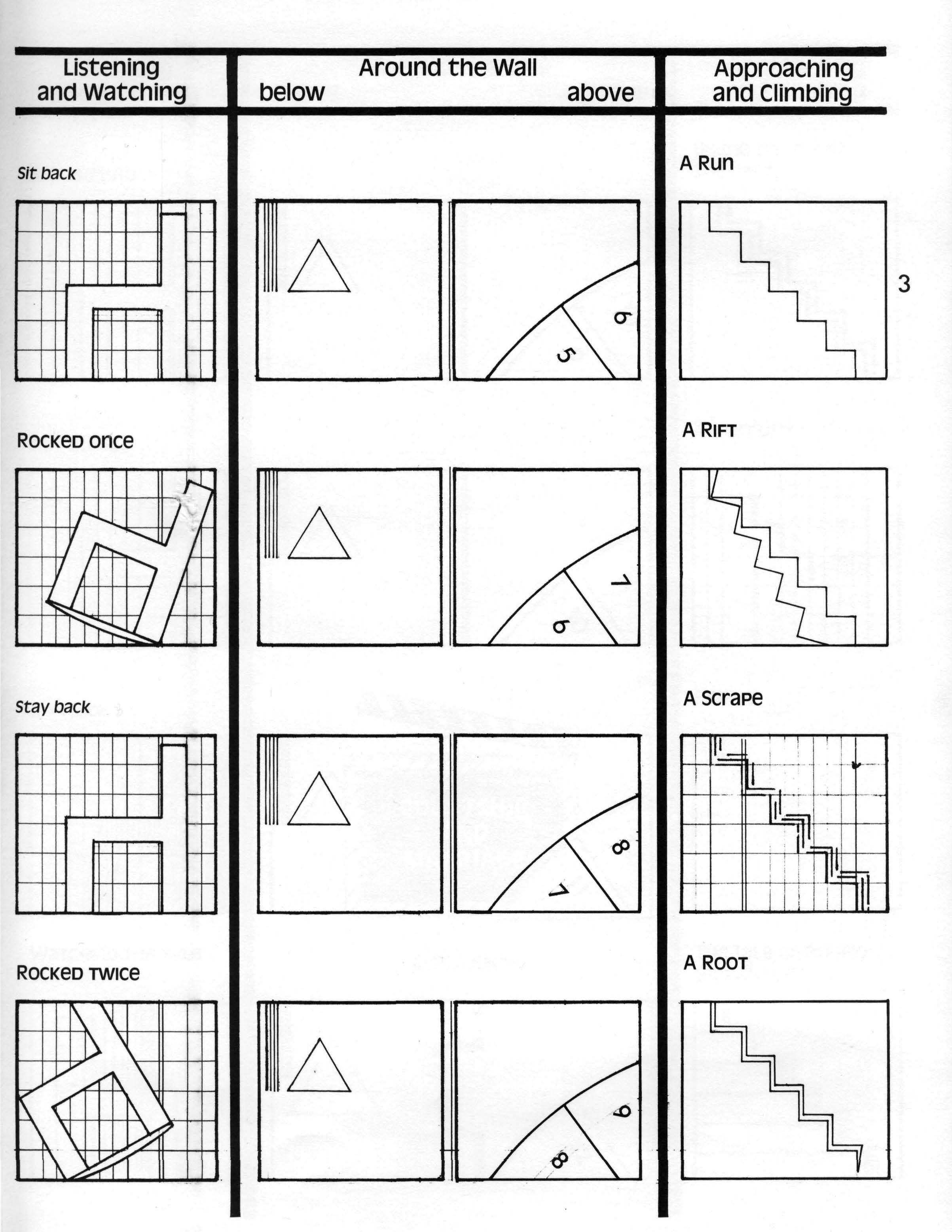BOOK OF TAKES - Paul Zelevansky That the letters X, Y, and Z come right at the end of the alphabet (and let’s be honest here, I’m really thinking of X & Z), and that they seem so much less employed than any of their fellow letters in this English language (I haven’t yet verified this impression by a survey or anything)… but (resisting the expectation of my syntax) my point is there’s something marginal about those letters, they feel somehow both within and outside of that always recombinatory organism, the alphabet, and when I’m abstracting my way through the stacks of the library, or any other spatially dispersed manifestation of the alphabet, I feel some sense of promise (the promise of the margin) when I find myself shaped in the space of X or Z.
And so it is the greatest pleasure when a book found under such a sign fulfills this promise, a promise whose expectations can only be fulfilled by being exceeded. Perhaps I once searched explicitly for Paul Zelevansky’s TheBook of Takes (I seem to recall remembering it by its Z[ed] in one of those invaluable and innumerable Kostelanetz lists of 70s avant-gardists), or perhaps, hanging out at the end of the alphabet like-you-do, I picked it out a number of times and, still lacking the linguistic combination for its arrival, returned it promptly to the shelf. Either way, The Book of Takes is one of the most formally ambitious and demanding books of poetry I’ve ever had the privilege of consuming and fetishizing (that is to say: reading).
The book, published in 1976 by Zartscorp, Inc (which I imagine to be a Zelevansky endeavor), explicitly presents the apparatus for its encounter far more effectively than I can, but nevertheless I’ll attempt a brief explanation to whet your interest. In keeping with Z, let’s start with the contents of the envelope, stamped “Jericho Map,” and glued to the inside of the book’s back cover. The large foldout map within is, on the one hand, an old testament map, suggesting the passage at least from Goshen to the promised land, complete with wilderness, revelation, and the division of land among the tribes. On the other hand, it is a map of itself being mapped in the contemporary of its mapping: where two telephones are nearly plugged in to form a network that runs vertically along a set of poles; where all the seas might well be ink; where a compass of the map’s drafting still holds its points; and where camel smokes can figure by their emblem in the desert.
This map’s important not only because The Book of Takes (most visibly as in film “takes”) takes its place at and around Mt. Sinai (we are told on p. 8 of your scans), but also because it performs a sensibility essential to this work, that the structure of a personal history is figured through the structure of a cultural history, or, to say it another way, that historical narratives persist reproductively as the forms we historicize ourselves through. In this fashion The Book of Takes, whose plot enacts the biographical drama of searching, finding, and being in love, in family, in self, in writing, moves simultaneously on the Jericho map and, for example, between Rockford and Joliet. Zelevansky’s subsequent trilogy, The Case for the Burial of Ancestors, is, if I’m not mistaken, also performed upon the Jericho map (and had I better access to those volumes I’d have scanned the amazing looking “Book 1” here as well or instead).
But what I’ve gestured to so far is not the most evidently remarkable thing about The Book of Takes. What is the most evidently remarkable thing about The Book of Takes is the manner in which it proposes its own motion forwards. The book’s pages proceed by three columns of descending frames, each column constituting a realm of figuring action. I’d roughly describe them (from left to right) as: the position and stability of the private self; the relation between one’s perception and the outside objects being perceived; and the character of the motion of transpiration. When the frames of the three columns are read across as rows, they combine these three sets of perceptual relation to richly produce the form of a narrative present (multiple and particular).
Now this description I gave is definitely reductive especially since the eventual collisions and interferences between columns is the very dramatic action of the volume, and moreover, even my reductive description is tough to get to without recourse to the glossary of the book’s symbolic vocabulary.
I haven’t touched upon and will leave to your reading the complex weave of the book’s linguistic and pictorial inhabitants, but if I’ve given the impression that this book demands considerable thought then I’ve not misled you. In my experience it’s the exciting kind of demand, the kind where the circuits of a reading brain feel redistributed. I know I haven’t yet given the impression of how beautifully silly and playful The Book of Takes often is, but I’m quickly exhausted and will sign off now. I hope, that, in reference to the last take of the book, the cheese, so to speak, will stand atoned.
Oh, and if you’d like a physical copy of The Book of Takes, you can still grab one at Printed Matter for a reasonable 18 bucks.
Further Reading:
Paul Zelevansky’s The Case for the Burial of Ancestors: Book 1 (Zartscorp, 1981) Paul Zelevansky’s The Case for the Burial of Ancestors: Book Two (Zartscorp, 1986) Paul Zelevansky’s The Case for the Burial of Ancestors: Book3 (Zartscorp, 1991) Arlene Zekowski’s Age of Iron and Other Interludes (Portales, 1973) Lynn Zelevansky’s essay on Paul Thek in The Whitney’s catalogue, Diver: A Retrospective.
P.S. You’ve heard of New Narrative, right? But have you heard of Neo-Narrative? Neo-Narrative is Arlene Zekowski and Stanley Berne’s praxis dating back to the early sixties. Since March is National Poetry Month, I think, I’ll email a bonus scan of Arlene Zekowski’s Age of Iron and Other Interludes to anyone who desires it (hit me up at lewisfreedman in the google of mails).



